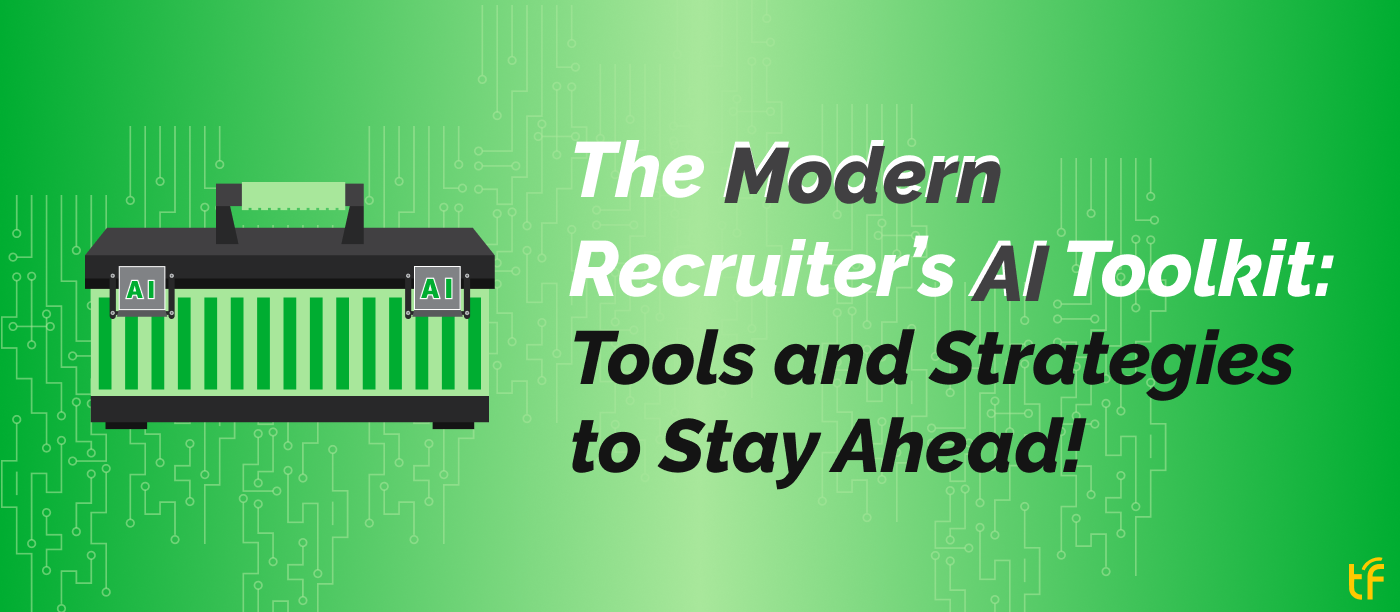
The recruitment landscape is evolving at lightning speed. With rising candidate expectations and fierce competition for top talent, recruiters must adapt or fall behind. Artificial intelligence (AI) is shifting from buzzword to reality—providing solutions that streamline hiring workflows, elevate candidate experience, and deliver sharper hiring outcomes.
To remain competitive, today's recruiters rely on a comprehensive AI toolkit—spanning intelligent sourcing, objective screening, conversational engagement, advanced assessments, and predictive analytics. This combination empowers more efficient hiring processes and stronger employer branding.
Thesis: Modern recruiters implement a cohesive AI toolkit that integrates sourcing, screening, engagement, and analytics tools—enhancing hiring quality, efficiency, and candidate experience.
AI-enhanced sourcing tools work across platforms—social media, job boards, GitHub, and internal databases—to proactively find top talent. Leading solutions include HireEZ, SeekOut, and LinkedIn Recruiter. These platforms leverage AI-powered smart filters to uncover passive candidates, often overlooked through manual methods.
Benefits:
Benchmarks confirm AI sourcing tools outperform LinkedIn Recruiter in surface relevance and reach.
arxiv.org
Manual resume screening is slow and error prone. Platforms like Eightfold AI, Paradox (Olivia), and Pymetrics parse resumes using natural language processing (NLP) to evaluate candidate qualifications comprehensively.
Advantages:
AI chatbots—available 24/7—answer queries, schedule interviews, and conduct preliminary screening conversations. Tools like Paradox Olivia and Sapia.ai support multilingual, proactive candidate interactions.
Results:
Real-world impact: Brother International and Stanford Healthcare saw 140%+ surge in applications and faster time-to-hire through chatbot deployment.
herohunt.ai+8phenom.com+8flexos.work+8
Video interview platforms like HireVue, myInterview, and Sapia.ai support remote hiring with AI-driven analysis of soft skills, tone, and content. Pymetrics uses neuroscience-based games to evaluate candidate potential.
Key benefits:
Intelligent analytics platforms such as HiredScore, Beamery, and Phenom analyze internal data—candidate trends, hiring velocity, retention likelihood—to inform smarter recruitment strategies.
Benefits include:
While AI handles repetitive tasks, recruiters must still focus on building relationships and collaborating with hiring managers. The most effective teams integrate technology into a people-centric workflow.
AI excels at screening, scheduling, and data retrieval. Recruiters should engage personally at key moments—on offers, feedback, and relationship building.
Regularly audit AI outputs for bias and accuracy. Platforms like Eightfold and Beamery include fairness tools, but human monitoring is essential.
Connect AI sourcing, ATS, CRM, and assessment tools to create smooth workflows. Many platforms offer pre-built integrations with systems like Greenhouse and Workday.
Recruiters must be technically proficient—knowing tool capabilities, interpreting analytics, and applying insights effectively.
Recruiters will use GenAI to write job descriptions, craft personalized outreach, and even develop interactive candidate experiences—further enhancing toolkit capabilities.
AI agents will evolve into recruitment copilots—suggesting sourcing strategies, coaching interviewers, and guiding candidate segmentation.
AI will increasingly support post-hire experiences—monitoring engagement, prompting skill development, and predicting attrition risks.
Regulation and candidate scrutiny will drive focus on transparency, fairness, and candidate consent in AI hiring systems.